The Most Beautiful Road Trip in the World
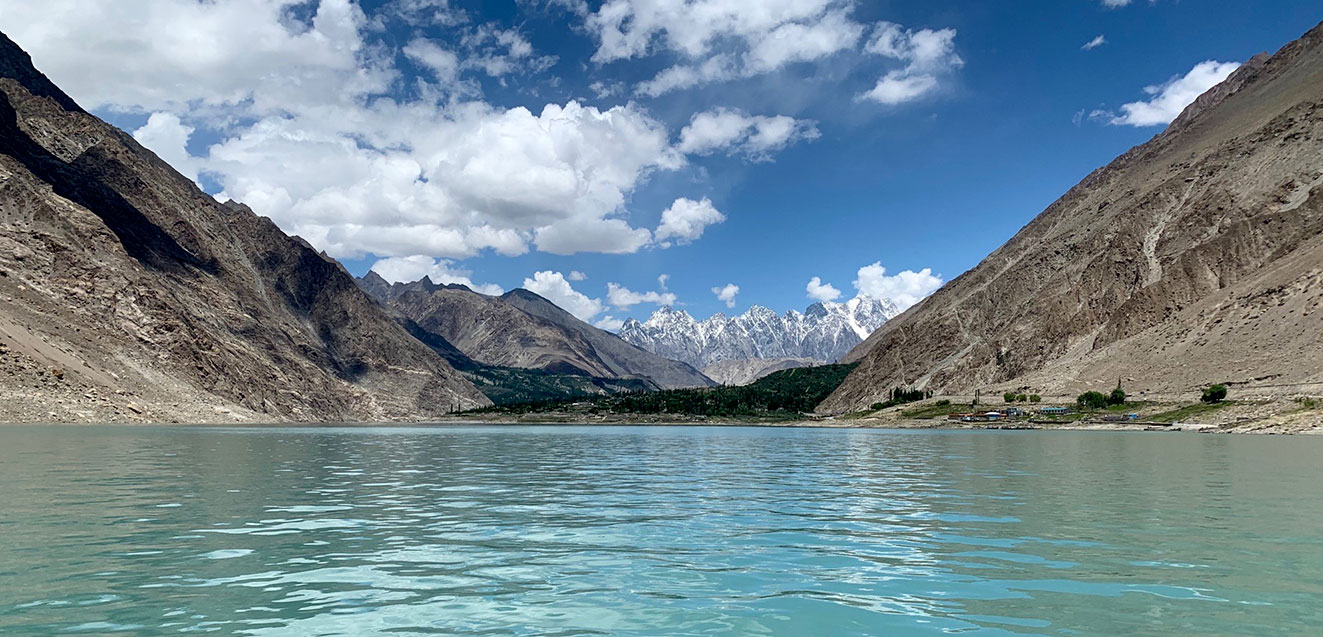
In June 2019, Talaat Aggour joined our Pakistan’s Hunza Valley 19-day group tour. After returning home, he was compelled to write about his experience, which we are thrilled to share here. All photos by Talaat unless otherwise noted.
After driving a thousand miles through some of the most difficult terrain at the edge of mountains, we arrived here at the flat plains of the city of Islamabad, capital of Pakistan. After the partition of India and the creation of Pakistan, Karachi was its capital—a city that was deemed very crowded. In 1977, the government decided to build a new capital and Islamabad was established.
I left behind a mountain range unequaled in its beauty and grandeur, Nanga Parbat at 26,656 feet, Rakaposhi at 20,580 feet and Masherbrum at 26,469 feet. Most of our drives were on hairpin bends, practically at the edge of hell. This trip can only be described as the most beautiful road trip in the world.
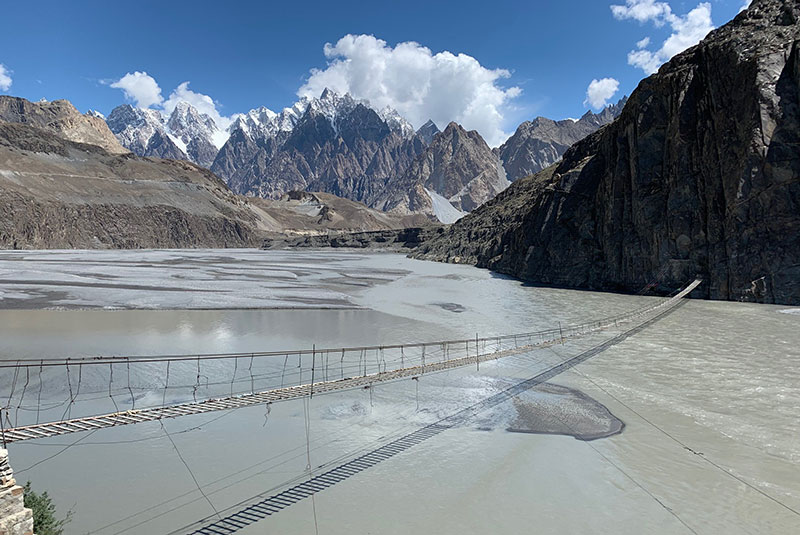
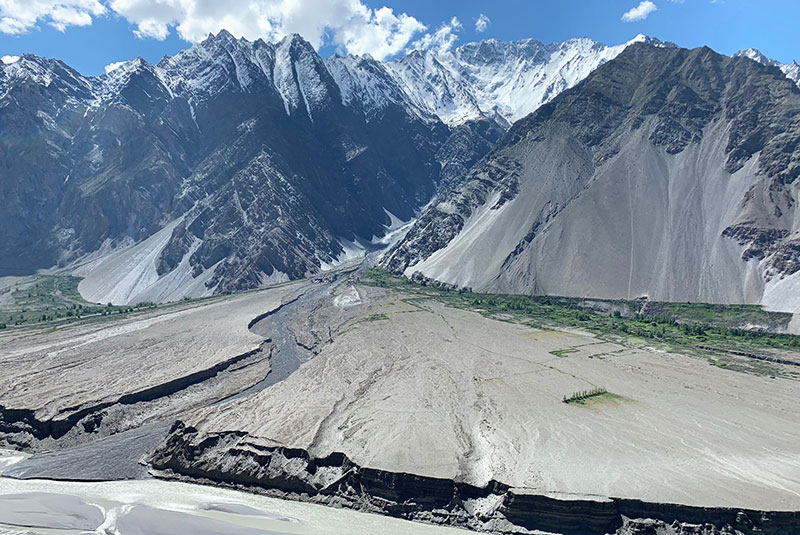
Nearly 55 million years ago the Indian and Eurasian continental plates collided. The tremendous pressure created forced the earth’s crust to buckle producing the towering Karakoram mountains. While the same process produced the Himalayas, with Mount Everest at its centerpiece, that process ceased to continue. In the Karakoram area, that process is still active causing the mountains to rise about 7mm annually. There has been controversy in mountaineering circles as to which is the highest mountain in the world, Everest or K2 in the Karakoram range. Many believe that K2 is higher than Everest making it the highest mountain in the world.
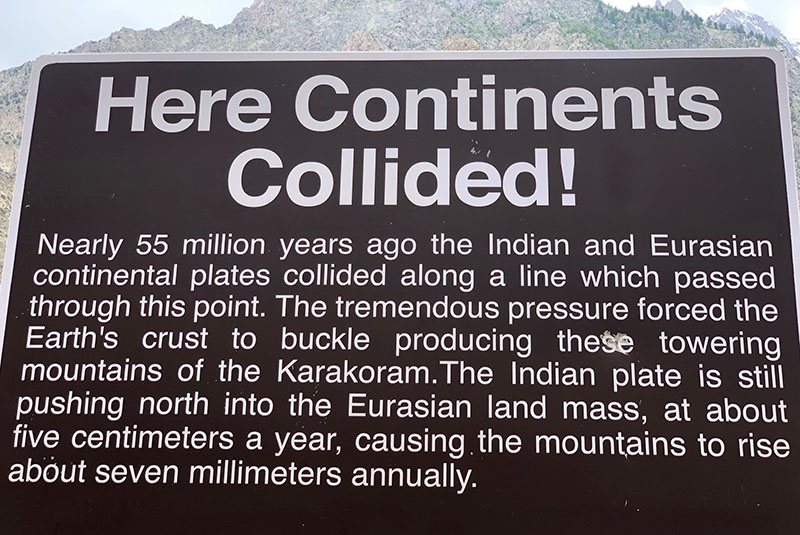
But what is significant is the ethnicity of the people of Hunza and the surrounding areas: Mongolian, Tibetan, Persian and others, and for the most part, follow the Shia branch of Islam. Among them are Sunni Muslims as well. People in those areas look different, some have significantly lighter skin than the rest of the people of Pakistan. There are people with blue eyes. In the village of Macholo, I have seen Tibetan temples converted to mosques. This goes back to the 13th century when they migrated into this area where Persian preachers were active and the subsequent result of those migrants from the steppes taking Islam as their religion abandoning their Buddhist beliefs.
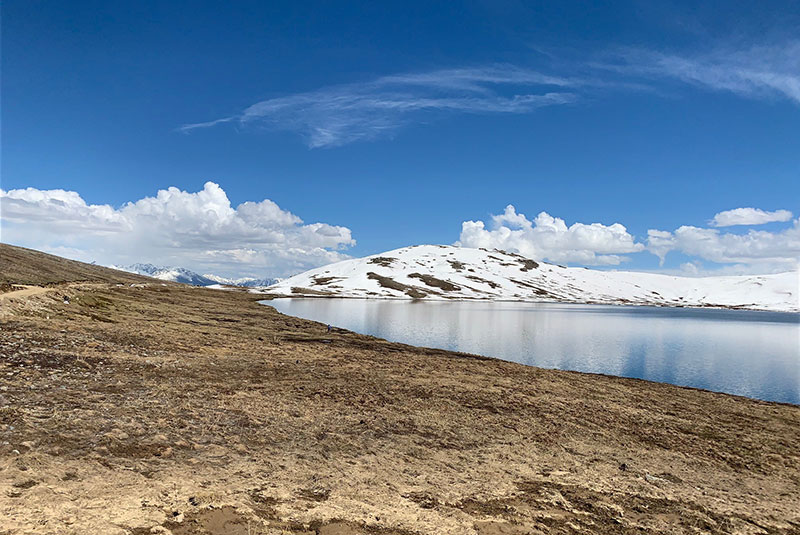
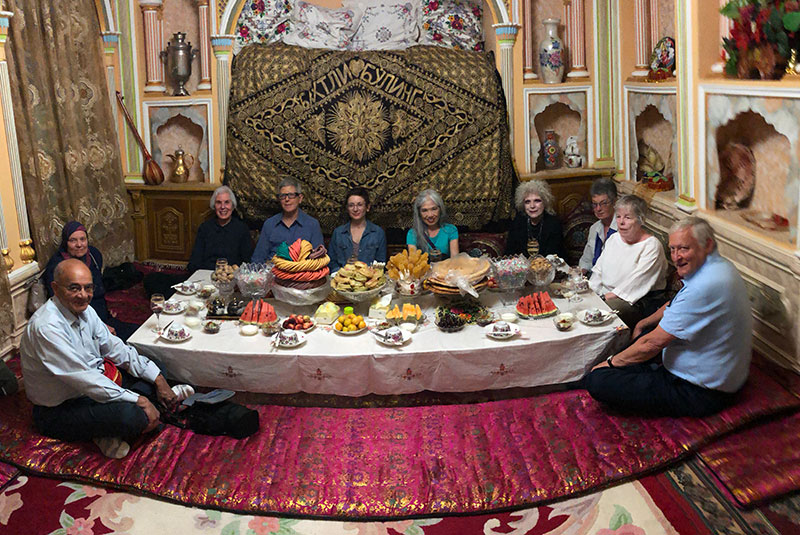
What is impressive is the proliferation of schools for girls from early age. As much as it is a necessity, it lacks conveniences for the children. There are no chairs or desks—they sit on the floor. In one area, I have seen children attend school in the open air where each student was sitting on a stone. Kids walk to and from school on the edge of roads. There are no modes of transportation. Please see pictures below:
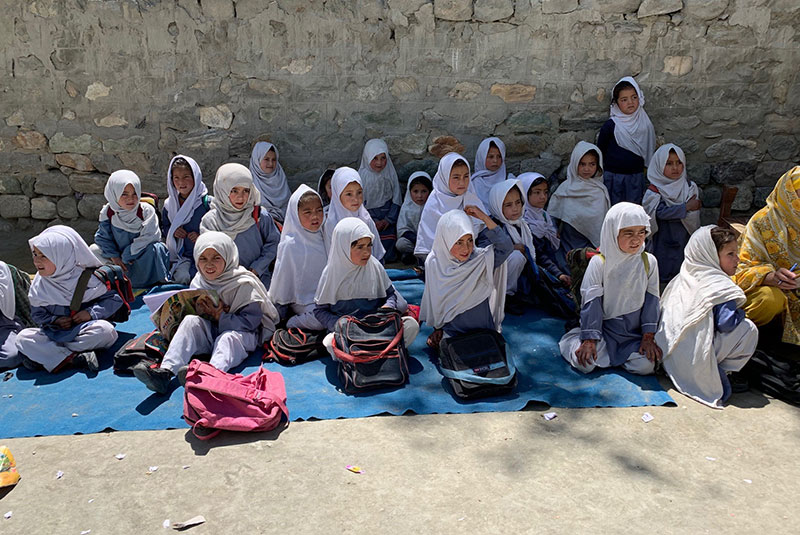
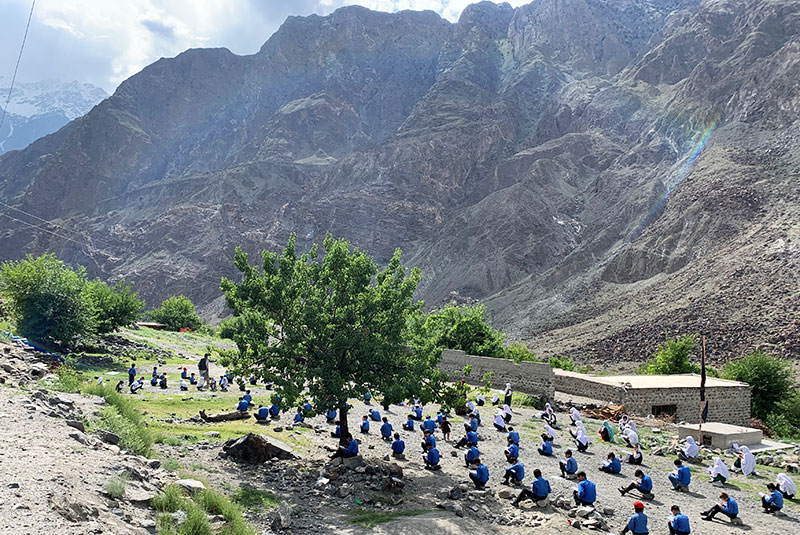
This trip was arranged by Geographic Expeditions (GeoEx), based in San Francisco. The infrastructure needed for such a trip is very complex and requires an able trip leader with familiarity of the area, its terrain, its people, and their cultural diversity. To my knowledge, and from my experience as a traveler, no one would fit this bill like our Pakistan tour guide, Bill Jones. His personality, knowledge, enthusiasm to share his knowledge, were unequaled. One can go back home enriched by this experience and the knowledge acquired.
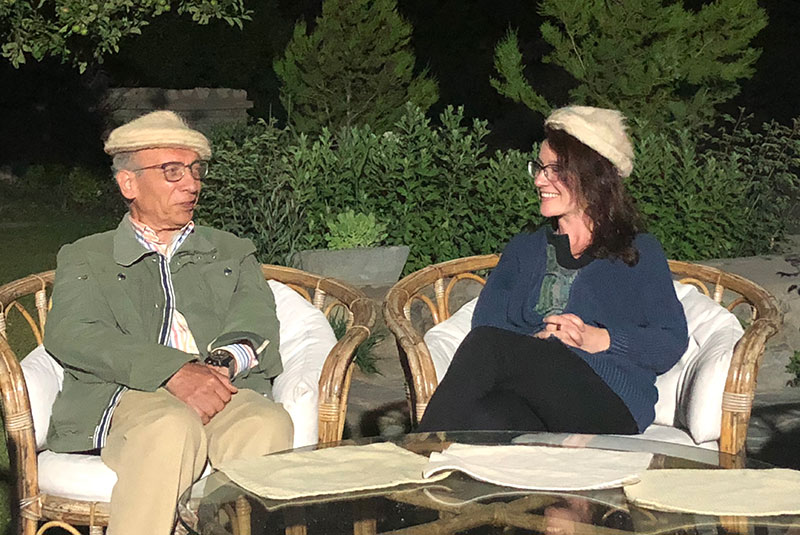
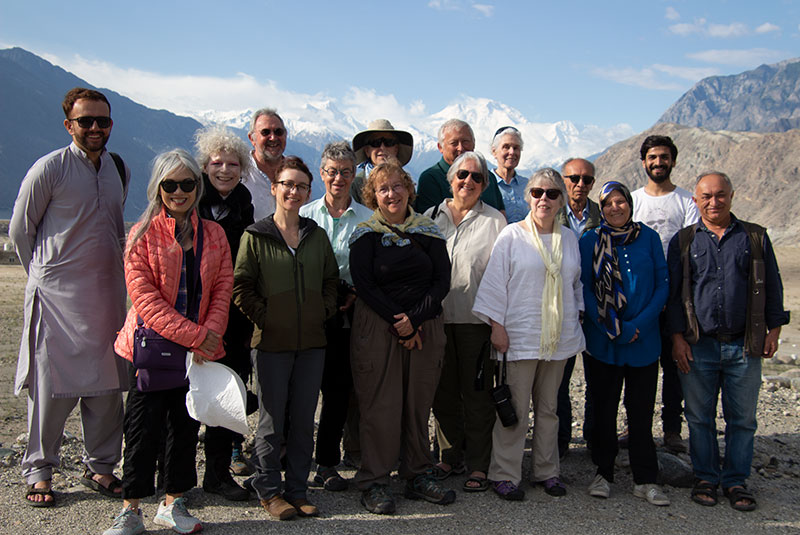
# # # # #
To explore the many marvels of Pakistan with a trusted company or any of our other far-flung destinations, give GeoEx travel specialists a call at 888-570-7108 or inquire online.

